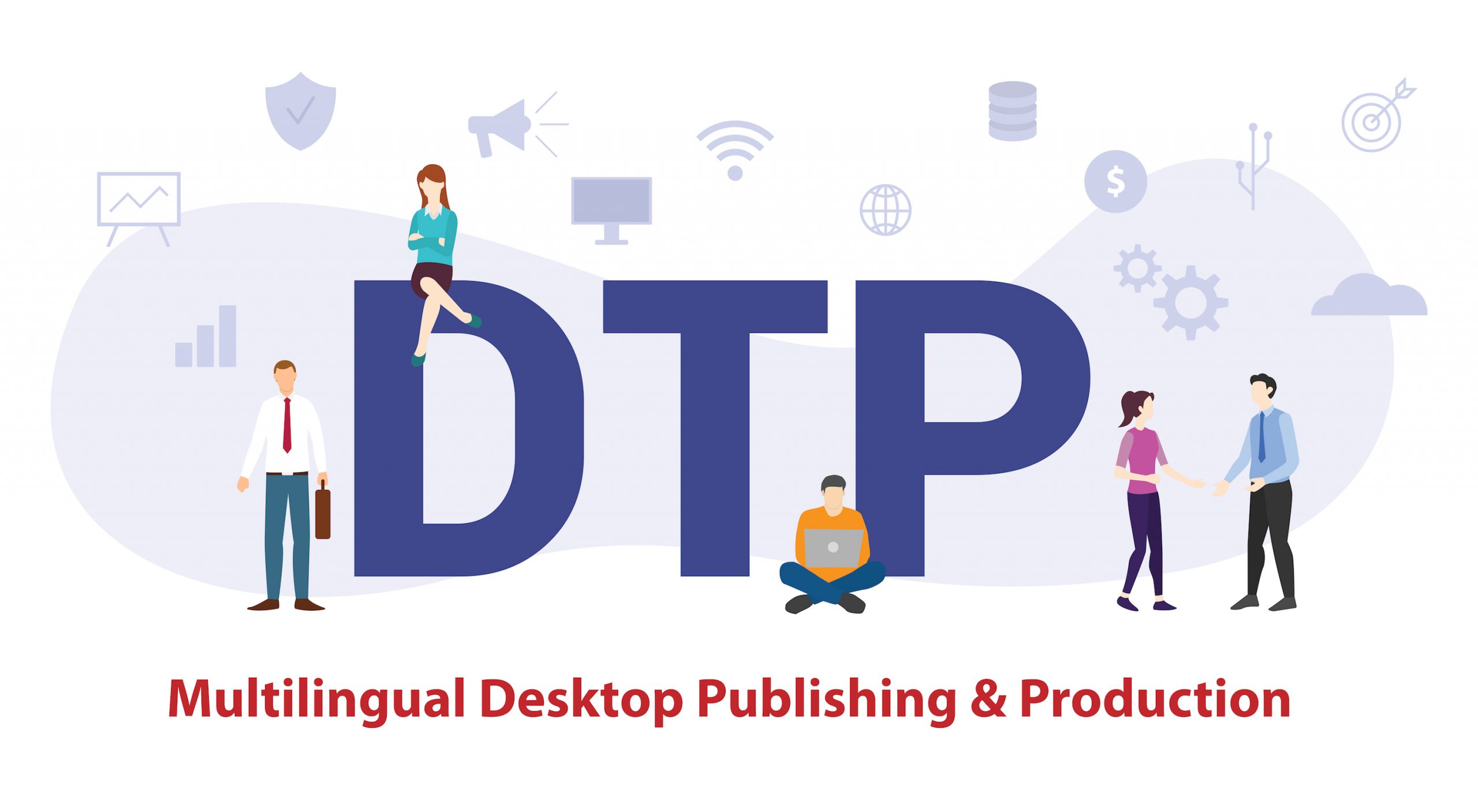According to recent reports, nearly half of the businesses around the globe have been victims of fraud in the past couple of years.
This fraud cost the companies almost $42 billion! There’s been a huge spike in fraud cases the world over. Therefore, companies can’t afford to ignore the risk that comes from fraudulent activities. So, how should organizations fight against fraud?
Rules-Based Fraud Software Solutions
Business rules have shown to be a very effective way of fighting against fraudulent behavior. A business rule is made up of simple conditional statements that, when satisfied, label a transaction as fraudulent.
Fraud prevention software solutions use rules to determine whether some unusual event relating to accounts, transaction amounts, or locations is fraudulent.
A fraud prevention solution that is built on top of a business rules engine is easy to use and interpret because they’re just a set of conditional statements.
Rules-based solutions are also much quicker to deploy, which is critically important when examining a vast number of transactions in real-time.
Using Machine Learning for Fraud Detection
Machine learning tools are definitely more sophisticated than rules-based ones.
The power of machine learning solutions to discover hidden connections between variables is incredible. These sorts of correlations are almost impossible for a human to detect.
However, a huge amount of data is necessary to identify these complex patterns. This is also the case with fraud prevention activities because only 1 in 1,000 transactions is fraudulent.
Therefore, software tools that use machine learning have to over hundreds of thousands of data records before the algorithms can be trained to reliably detect fraud.
However, this results in long development cycles and expensive maintenance.
Black Box
One of the biggest problems of machine learning systems is the lack of explainability. In other words, after some time, it’s difficult for humans to understand why the machine learning solution took a certain action.
This is not acceptable for any business that needs to have full control of all of its processes.
Why Rules-Based Fraud Prevention Tools Work So Well
Since machine learning solutions need training data (around 90 days old) in order to figure learn how to spot specific types of fraud, it does make it difficult to spot the latest threats.
In other words, a business might have heard of a new type of fraudulent activity, but machine learning algorithms need time to study this novel trend.
Hence, machine learning software solutions are not designed for circumstances that demand immediate reactions.
On the other hand, fraud prevention systems that run on business rules engines enable fraud managers to make changes in the algorithms as soon as they discover new fraudulent cases.
A rules-based prevention solution platform enables non-technical employees businesses to add necessary protections without having to ask for help from the IT department. Therefore, rules engines can block new types of fraud before they become a problem for the business.
This is why rules-based fraud detection solutions are popular with organizations of all sizes across the world.






